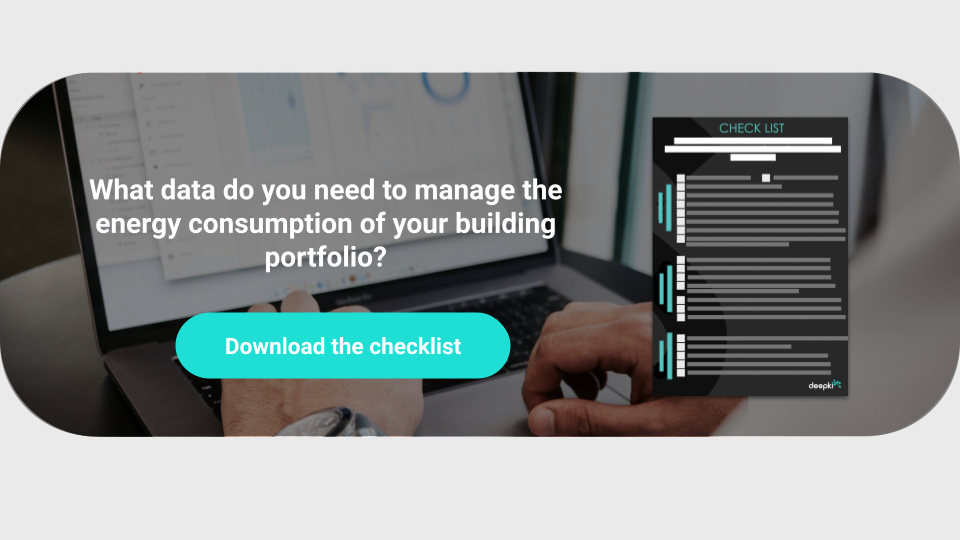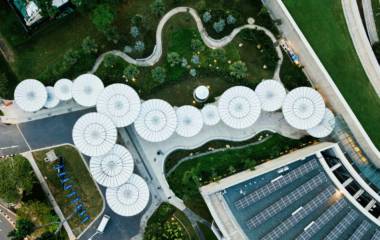In recent years, the Real Estate sector has entered an era of digital transformation. But what does “digital property” actually mean? And how can technical property management services be digitalized? Let’s take a closer look.
Digital Real Estate: the current state of play
In today’s Real Estate sector, digitalization takes two primary forms: Building Information Modelling (BIM), and BMS or CMMS software for automatic, remote building control.
Building Information Modeling
BIM involves assembling building information within a 3D digital model, and is mainly employed in the design of new buildings and major renovations. This technology is increasingly adopted by architectural firms, who can use it to visualize a building’s structure as well as its physical and functional components (access roads, distribution ducts, etc.).
The BIM tool offers many benefits, preventing errors during the construction/renovation phase and facilitating property management as well as building maintenance. But its adoption remains fairly limited, in part because the technologies used are expensive. Also, BIM is a static tool; it lists building characteristics at the time of construction/renovation but doesn’t evolve to reflect changes. As a result, the model quickly becomes obsolete over the building’s operational life.
Software involving the Internet of Things (IoT)
Real Estate digitalization also encompasses the many software applications now available to support the technical management (BMS) and maintenance (CMMS) of buildings. These computerized tools are closely linked to the Internet of Things (IoT), with smart sensors providing a wealth of information about connected equipment. But these programs operate within a closed system, and the data collected is rarely correlated with other information, so they don’t provide a global view of property management.
Other perspectives for Real Estate digitalization
A successful transition to digital Real Estate requires that all available data be accessible and connected, even if it’s in different native formats.
For example, how can I know if my building is using too much energy? Energy consumption alone is meaningless; for a true assessment, we need to put the information in context. This means cross-referencing it with other data on the building (surface area, location, year of construction) and its activity (vacancy rate, opening hours, equipment on site, etc.). By bringing all these parameters together, we can produce a real analysis of the building’s consumption and determine whether it’s “normal” or not.
To improve building management and maximize the potential of digitalization, we have to start by assembling and connecting the different sources of information, so that data can be used in depth. As we look beyond BIM and BMS, let’s keep a dose of common sense in our digital property management!



